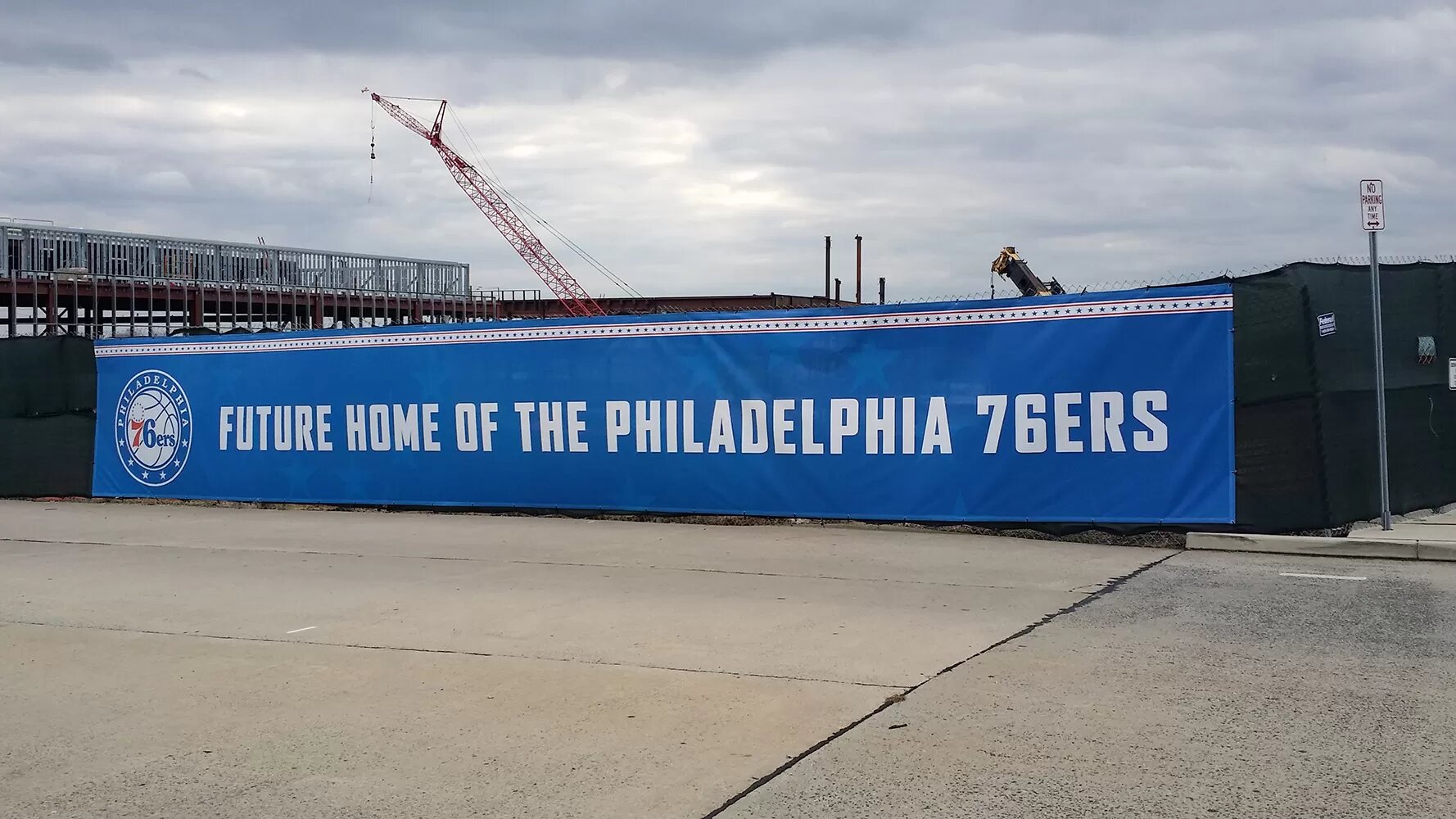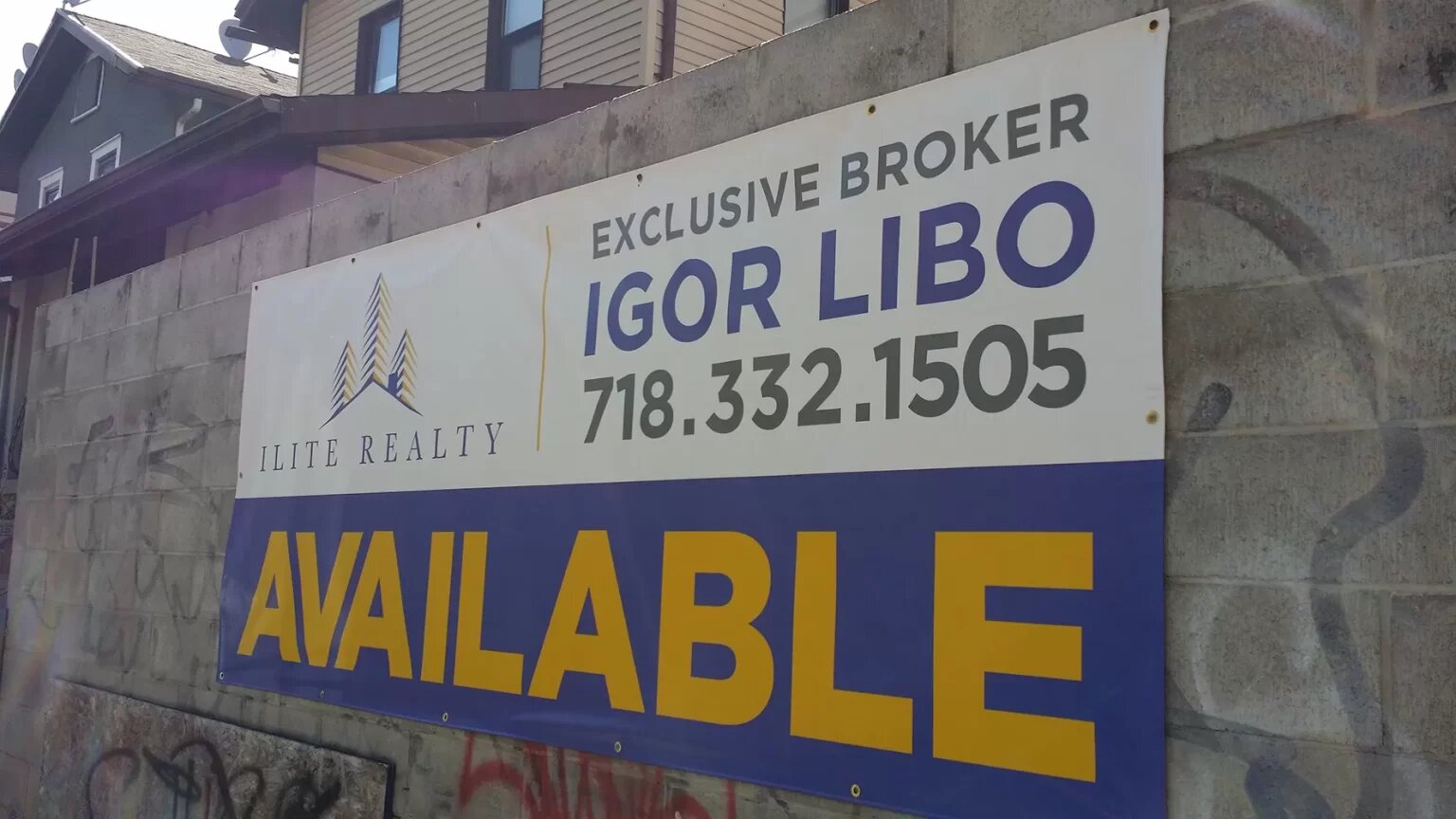When it comes to creating a banner for your business or event, size matters. A banner that is too small may get lost in its surroundings, while a banner that is too large can overpower and detract from your message. This guide will take you through some important factors to consider when choosing your banner size. Armed with this information, you will be able to choose the size that best communicates your message.

Why Banner Size Matters?
Banner size matters because it directly impacts the effectiveness of your message. If a banner is too small, it may not be visible from a distance or make a strong enough impression to be memorable. On the other hand, if a banner is too large, it can be overwhelming and detract from the message you are trying to convey. Choosing the right size ensures that your message is visible, impactful, and memorable.
The size of a banner can also impact the cost of production and installation. Larger banners typically require more materials and installation time, which can increase costs. You can keep costs down by choosing the optimal size while still achieving your marketing goals. Ultimately, choosing the right size banner is an important factor in both the success of your marketing campaign and staying on budget.
Now let’s look at some ideas for finding the right size.
General Factors to Consider When Choosing a Banner Size

When it comes to selecting the right banner size, there are several important factors to consider. Take the following into account to ensure that your banner communicates your message as well as possible:
Viewing Distance:
The viewing distance is the distance from which its target audience will view the vinyl banner. This distance will help determine the optimal size for the banner to be easily visible and for the banner text to be readable. A good rule of thumb is to keep the text on your banner at least one inch high for every ten feet of viewing distance.
Content:
The content you want to include on your mesh banner will also play a role in determining the right size. Consider the amount and the size of text, images, and graphics you want to include. Keep in mind, the most effective banners don’t overdo it on content. Keep your message clear and concise.
Indoor or Outdoor Use:
Indoor and outdoor banners serve different functions so make sure you know where you will hang yours. A banner intended for outdoor use may need to be larger than one intended for indoor use, to ensure it is visible from a distance and can attract customers.
Space and Environment:
Beyond the indoor/outdoor divide, the surrounding space and environment in which the banner will be displayed should be taken into account. Consider the background and surrounding elements, such as trees, buildings, or other signs, that may affect the visibility and readability of your banner. A more cluttered or busy background may require a larger banner to stand out.
Time and Space: How Visible is Your Banner?
The most crucial factor in choosing the right banner size is determining how easily your target audience will view the banner. So, let’s dig into that in a little more detail. In general, the less time your audience has to view the banner and the further away they are, the larger it may need to be to grab their attention. Here are a few simple steps you can take to determine the ideal size for your banner based on its likely visibility:
Identify your target audience:
Knowing who your target audience is and where they will be located in relation to the banner can help you determine the best size to ensure the message is clear and visible to them. For example, a banner intended to be viewed by people passing by in vehicles needs to be larger and more visible than a banner that will be viewed by those walking by on the street or up close at an indoor event.
Consider the location:
A banner’s location is important to determine its ideal size because it impacts the amount of space available for the banner and the distance from which it will be viewed. Different locations can have different zoning regulations, physical limitations, or environmental factors that may impact the size of the banner. A banner hanging in a densely populated urban area may need to be smaller to fit within the available space and avoid obstructing the view of buildings or traffic. On the other hand, a banner in an open rural area may be larger to take advantage of the available space and be visible from a greater distance.
Test it out:
Based on the target audience and location, establish a rough estimate of your banner’s most likely viewing distance. Once you have established that, you can test out different banner sizes to see what is most effective. You can do this by printing out a mockup of your banner at the chosen size and viewing it from the estimated distance to see if the text and images are easily readable.
From Big to Small: Common Banner Sizes and Their Uses

When choosing the right size for your banner, it’s helpful to understand the most common sizes available and their intended uses. Here are a few of the most popular banner sizes and their applications:
Large Banners:
Large banners are typically 4 feet by 8 feet or larger and are typically used for outdoor advertising, trade shows, and other large-scale events. They are ideal for creating a big impact and drawing attention to your brand or message.
Medium Banners:
Medium banners are typically 2 feet by 6 feet or 3 feet by 5 feet and are often used for indoor events, trade shows, and as promotional banners. They offer a good balance of impact and versatility, making them a popular choice for many businesses.
Small Banners:
Small banners are typically 1 foot by 2 feet or 2 feet by 2 feet and are often used as promotional banners, directional signs, or as window displays. They are a great option for creating a more subtle impact, while still getting your message across.
Custom Banners:
Custom banners can be any size that you need and are often used for unique or specific applications. They can be tailored to almost any specifications, making them a flexible option for businesses that require a unique solution.
Conclusion
Investing the time and effort to determine the right banner size can make all the difference in the success of your marketing campaign. By choosing the optimal size, you can effectively communicate your message, reach your target audience, and make a lasting impression, making the extra effort well worth it. With the above tips in mind, you can be confident in your choice of banner size and be sure that your message will be well communicated.